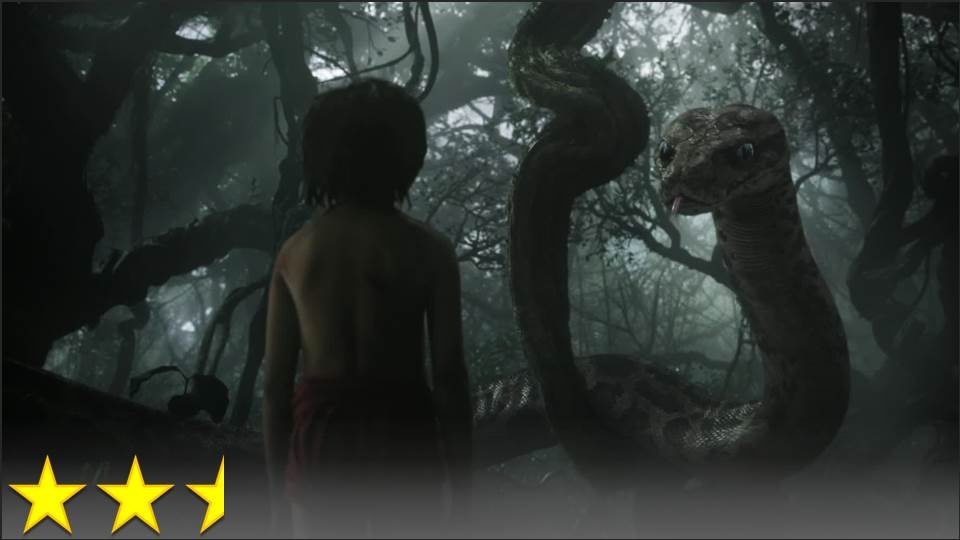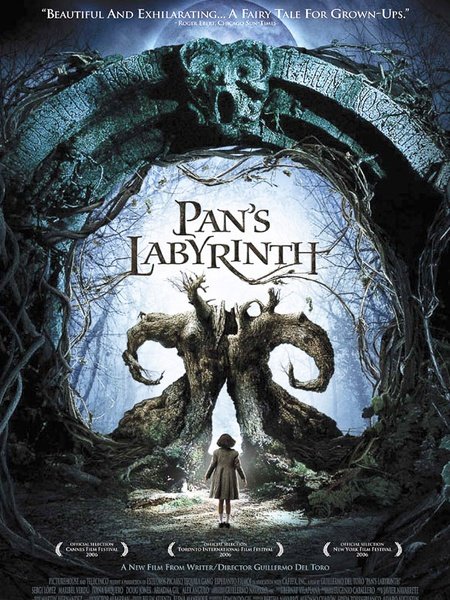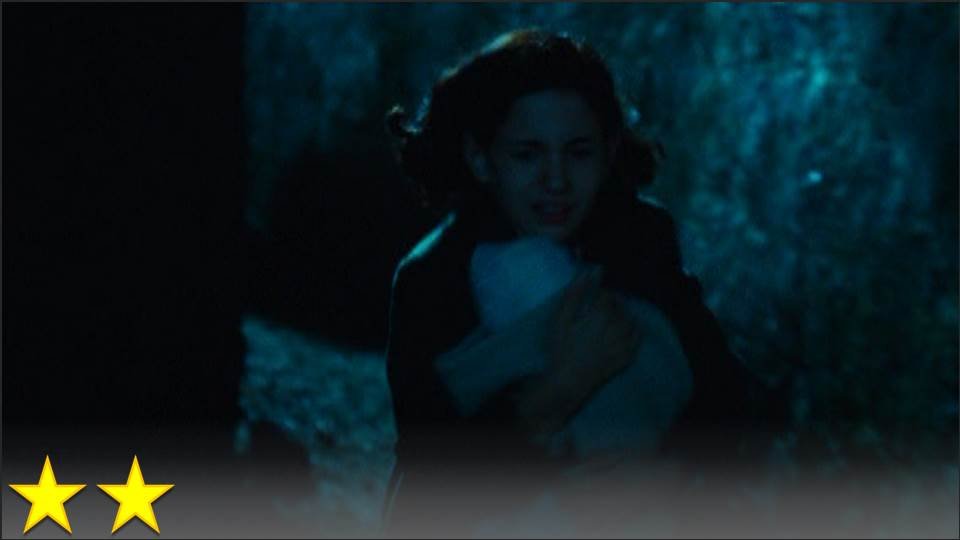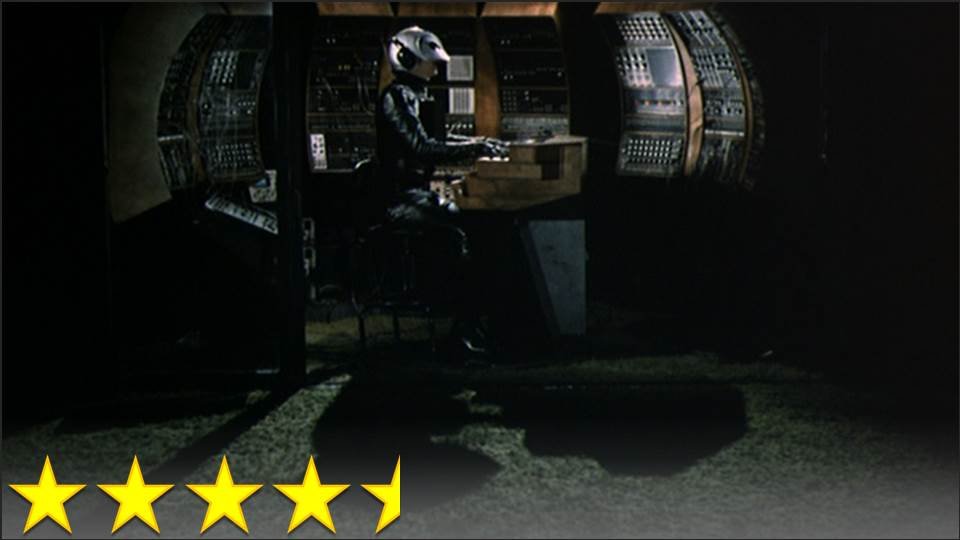In my last review, I was bothered by how the 2016 Jungle Book film had little to add to the original Disney classic, and how it did not hold up as well in comparison. Fortunately, not every remake is a bad one, and I’d like to briefly use a film I saw recently called The Outrage as and example of that. It wasn’t too long ago that I posted my review of Rashomon on this website, and shortly after that, I wrote a paper that compared that film to other movies using similar techniques. When I found out that there was an American remake of Rashomon that had notable actors in it (including a young William Shatner) I knew I had to see it. This remake of Rashomon is, of course, The Outrage, and it’s a very impressive film.
The Outrage must have been difficult to make because it had the difficult task of remaking a great film in such a way that new elements are added to interest the American market, but the elements that made the original film remain in tact. In my opinion, this movie really succeeded at that. I’ve never been one for Westerns, as I’ve explained before in previous reviews, but next to Blazing Saddles, I think this is the most I’ve liked a Western in my whole life. The change of genre didn’t hurt the story in the slightest, and even with scenes that seemed like they couldn’t be adapted to the Western genre successfully (such as the channeling of the dead husband through a medium), The Outrage manages to convert it to a Western equivalent smoothly. While the original film had some cool stylistic elements that the remake unfortunately did not keep in tact, like the way we never see or hear the judge in Kurosawa’s court scenes, the visual style of Outrage overall is just as good if not better, and some minor changes to the characters and story actually improved the film overall – particularly with the way the colonel dies. All in all, The Outrage is a great example of how to adapt without subtracting, and without letting the audience get bored with material they’ve seen before, which is why I would recommend watching both of these movies to anyone who enjoys comparing films even a fraction of as much as I do.







